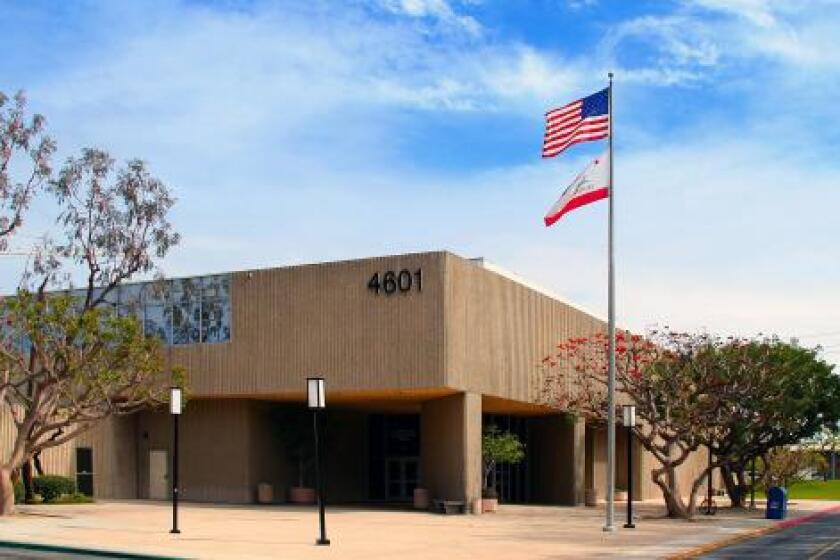City tree policy forms two branches
- Share via
June Casagrande
One policy for managing trees in “view communities,” another for
managing trees everywhere else.
Though it’s likely to be weeks before the City Council considers
changes to the city’s tree policy, the direction they’re most likely
to take is already becoming clear.
“We’re looking at perhaps two policies, one for the view
communities and one for the general city at large. And I think that
could really work,” City Councilman Tod Ridgeway said.
The council devoted its last two study sessions to the question of
whether the city’s tree policy needs to be revamped. The council was
required to review the policy as a condition of a lawsuit settled
last year with the Balboa Arbor Society after 23 ficus trees were
removed from Balboa Village. But though the lawsuit required the city
to review the policy, it gave no direction on how the policy should
be updated.
To the dismay of arbor society member Jan Vandersloot, policy
changes initially proposed by staff would give the city more power to
remove some city trees. Officials counter that this isn’t a concern:
The city’s commitment to maintaining trees is evident, they say.
The staff’s initial proposal was to change the policy citywide for
dealing with city-owned trees. The changes would not affect privately
owned trees on private property.
The proposed policy changes would loosen rules for dealing with
“special trees,” which are trees that, for their historical or
aesthetic value, get special protection from removal. They would also
give the City Council the discretion to remove these trees whenever
they stood in the way of a council-approved beautification project.
Two of the Balboa Village trees were special trees that were the
center of the arbor society’s lawsuit. The proposed policy change
would give the council power to remove trees in these situations.
The changes would also give the Parks Beaches and Recreation
Commission the power to remove individual trees from the list of
special trees, which would give council and staff greater flexibility
in determining these trees’ fate.
AT THE ROOT OF THE PROBLEM
In most cases, whenever the city removes one of its trees, it is
required to replace it, usually with a species that won’t cause the
same problems as did its predecessor. But the replacement trees are
usually much younger, much smaller and thus will take years to create
the effect of a full-grown tree.
Some trees do extensive damage, city staff point out. Each year,
it is estimated that the city suffers about $1.3 million in root
damage to sidewalks, curbs, gutters and underground utilities.
Supporters of the changes say this is the main reason that the city
needs more power to remove trees.
Though these changes were at first suggested to apply to the whole
city, a rift between the communities with ocean views and those that
rely on trees for much of their beauty inspired a compromise.
The newest idea is to apply all these changes to the view
communities, to allow the city to deal with trees that impose
homeowners’ ocean and harbor views. But the more restrictive policy
would stay in place for other areas of the city.
JUST HOW EASY
A subcommittee of the Parks Beaches and Recreation Commission is
considering a few tweaks to the proposed policy. After that, the
matter is expected to appear on a City Council agenda for a final
vote.
And considering the highly divisive nature of the tree issue, a
compromise might be the only idea that can take root.
“I think it’s very important to have a policy that makes it easy
for views to be protected,” Councilman Don Webb said. “But in turn, I
think we don’t necessarily want to make it easy to remove mature
tress in non-view situations without first making an effort to keep
the trees.”
All the latest on Orange County from Orange County.
Get our free TimesOC newsletter.
You may occasionally receive promotional content from the Daily Pilot.



